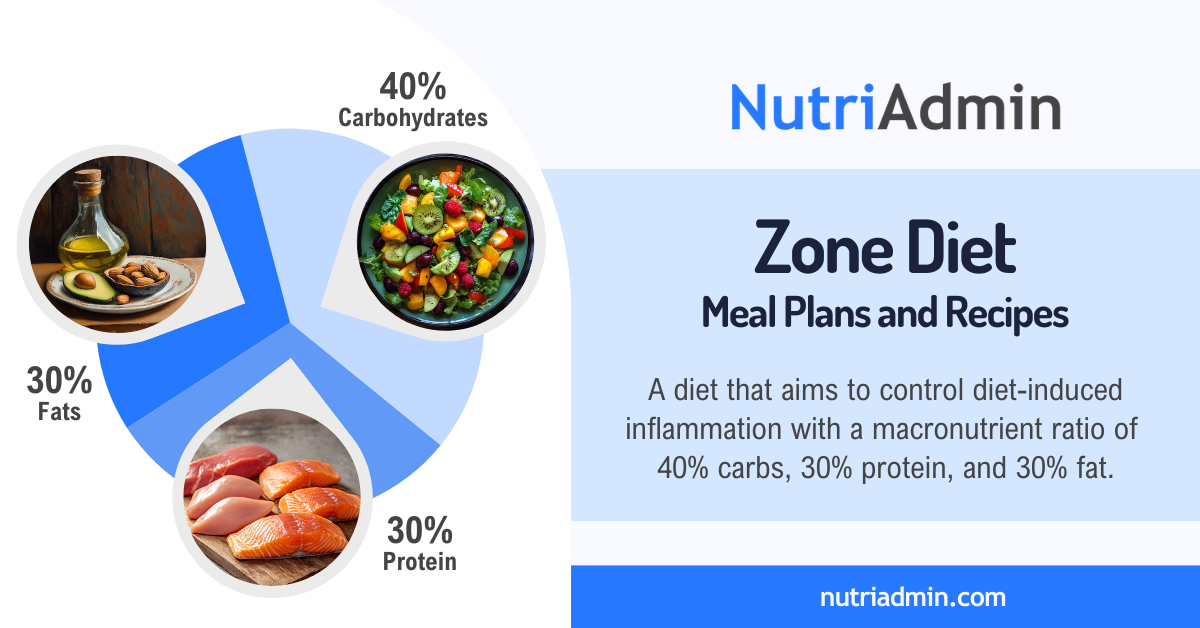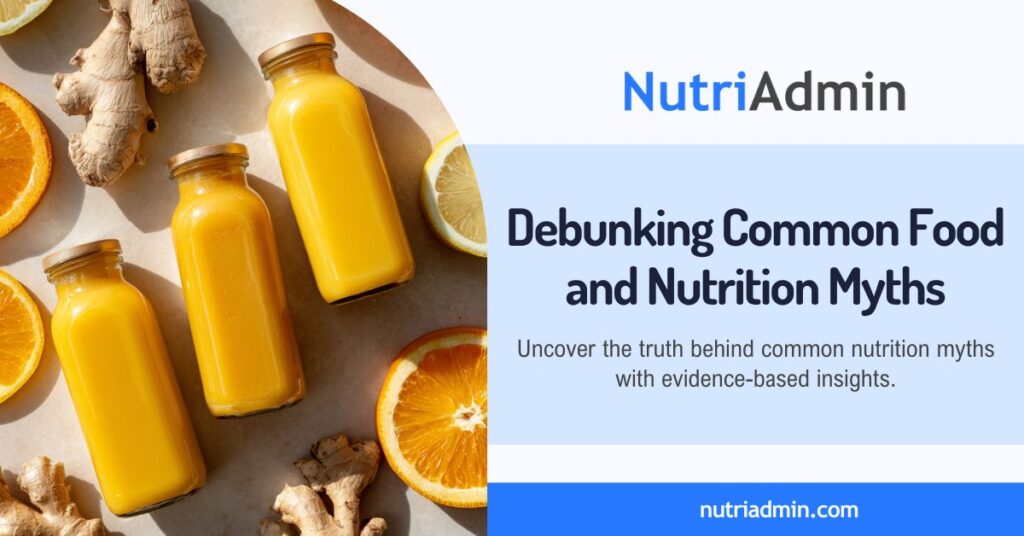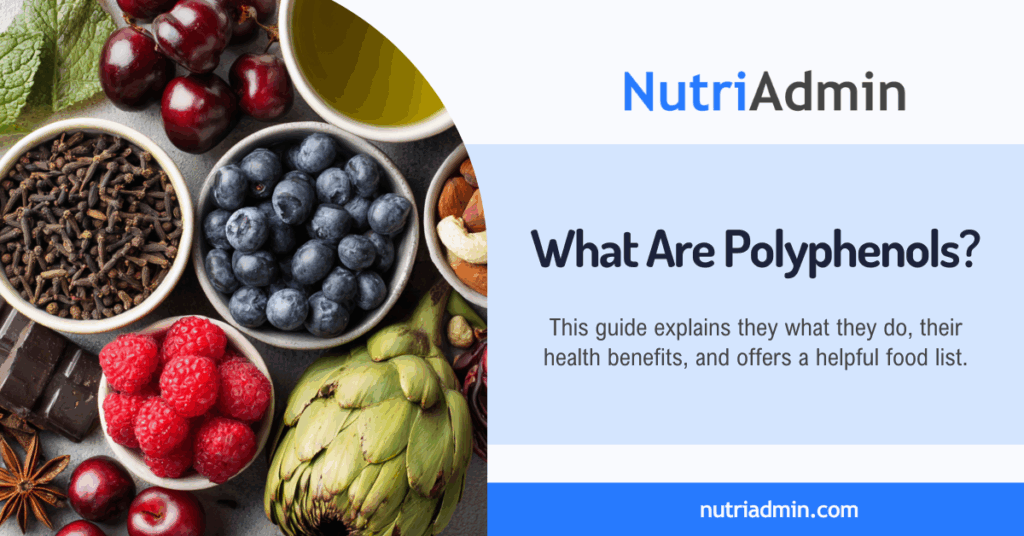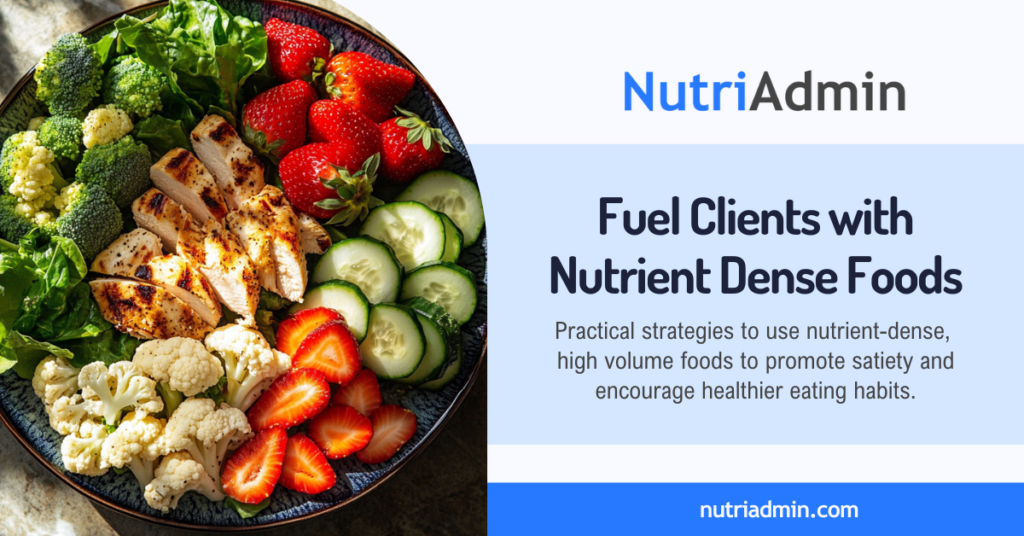As nutrition and fitness professionals, it is important to stay informed about various diets to provide comprehensive services to clients. The Zone Diet, developed by Dr. Barry Sears, is one of the many diets that has gained attention in recent years. This blog post offers an objective overview of the Zone Diet, exploring its principles, potential benefits, and challenges. We will also cover how to create Zone diet meal plans and provide you with sample recipes.
What is the Zone Diet?
The Zone Diet is a popular diet developed by Dr. Barry Sears. It involves structuring your meals to include a ratio of macronutrients: 40% carbohydrates, 30% protein, and 30% fat.
The Zone Diet aims to help regulate inflammation, which is thought to be the underlying factor in weight gain, susceptibility to illness, and accelerated aging.
How does the Zone Diet work?
The Zone diet is designed to help people reach a state called “the Zone,” which is believed to be the optimal physiological condition for controlling diet-induced inflammation.
Proponents of this diet believe that maintaining specific ratios such as TG/HDL, AA/EPA, and HbA1c levels within certain ranges can help individuals achieve the Zone.
Triglycerides/HDL Cholesterol Ratio
The Triglycerides/HDL Cholesterol Ratio is a measurement that assesses cardiovascular risk. A lower ratio is considered better as it indicates a lower cardiovascular risk. TG/HDL ratio is also considered a good indicator for defining insulin sensitivity, correlating with commonly accepted methods.
High triglycerides and low HDL cholesterol levels link to insulin resistance, a condition where the body’s cells do not respond appropriately to insulin. To be considered in “the Zone,” the ideal TG/HDL ratio is <1.
AA/EPA Ratio
Arachidonic acid (AA) is an omega-6 fatty acid that can contribute to increased inflammation by serving as a precursor to pro-inflammatory eicosanoids. On the other hand, eicosatetraenoic acid (EPA), an omega-3 fatty acid, has anti-inflammatory properties and competes with arachidonic acid, producing less inflammatory eicosanoids.
The Zone Diet recommends consuming more omega-3 fatty acids, like EPA, and fewer omega-6 fatty acids, which may help reduce inflammation in the body. To be in “the Zone,” an individual’s AA/EPA ratio should be within 1.5-3.
HbA1c Levels
HbA1c, or glycated hemoglobin, is a blood test that reflects the average blood glucose levels over the past two to three months.
It is a commonly used indicator for diabetes management and helps assess long-term blood sugar control. For example, high HbA1c levels indicate poor blood sugar control, often associated with diabetes.
The recommended ideal HbA1c level, according to The Zone, is 5%.
Potential Benefits
The Zone diet claims to help with weight loss, maintain wellness, improve performance, and enhance cognitive function. However, insufficient research exists to verify some of these claims.
According to some studies, the Zone diet has been found to be effective in promoting significant short-term weight loss, typically within a period of less than twelve months.
The Zone diet recommends meals with lean meats, in addition to fruits, vegetables, and monounsaturated fats, which are excellent sources of macro and micronutrients.
Disadvantages
Sticking to the Zone diet is just one component of the Zone Anti-Inflammatory Nutrition Program, which is designed to fully experience the benefits of the Zone. Food supplements such as Omega-3 and polyphenols are also recommended, but these may involve additional expenses.
The diet recommends avoiding grains and starches, but this may be restrictive as whole grains are valuable sources of complex carbohydrates and fiber.
Additionally, the emphasis on balancing macronutrients may be difficult for some individuals to sustain in the long term, leading to potential feelings of deprivation or frustration.
Zone Diet Meal Plans and Recipes
The Zone diet meal plans are not as strict with food restrictions as other diets, but they recommend including specific amounts and types of foods in meals.
The Zone meal plans should include lean proteins, more vegetables, a small amount of fruit, and monounsaturated fats. They also recommend avoiding simple sugars and starchy carbohydrates such as juices, syrups, potatoes, and corn.
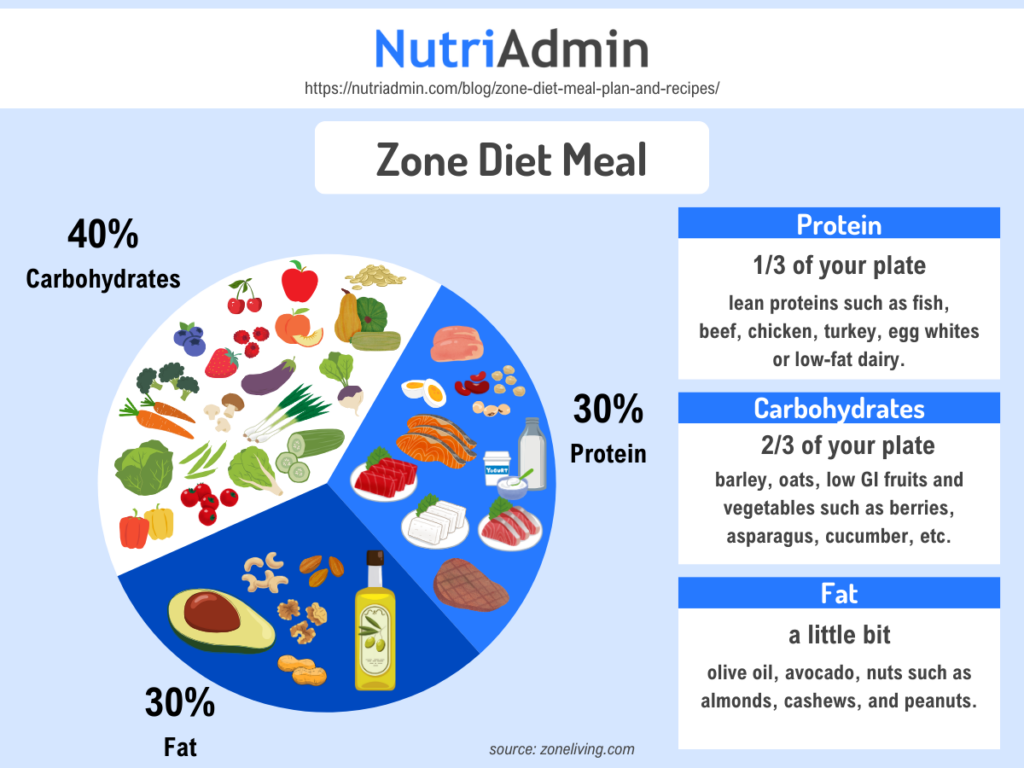
Zone Food Blocks
Zone Food Blocks measure the amount of macronutrients needed each day, with the goal of maintaining a 1:1:1 ratio of protein, carbohydrates, and fat blocks.
This follows the diet’s emphasis on balancing the macronutrients in every meal and snack to achieve health benefits. According to the Zone website, on average, women eat 11 blocks each day, while men eat 14.
One food block consists of the following:
- Protein: 7 grams
- Carbohydrates: 9 grams (net carbs)
- Fats: 1.5 grams (if animal protein is consumed in a meal) or 3 grams (if plant-based protein is consumed in a meal)
Creating Zone Diet Meal Plans for Clients
Let’s be honest: meal planning can be time-consuming, especially for nutrition and fitness professionals who are new to it. Every client has different needs and preferences. Therefore, creating high-quality, personalized Zone diet meal plans can take anywhere from a few hours to a whole day.
This leaves little time for other important aspects of running a business such as providing clients with exceptional nutrition and fitness services.
As a nutritionist or personal trainer providing meal planning services, investing in meal planning software can help you save a lot of time.
In NutriAdmin, there is a tool that can help you create individualized meal plans in as fast as 60 seconds. You have the option to customize parameters such as calories, macros, excluded ingredients, cuisines, and meal types. It also has more than 40 diet filters, including the Zone diet.
The meal plans not only include a variety of recipes but also provide automatic nutritional analysis for each meal. It makes it easier for clients to follow the meal plans and increase their adherence to the Zone diet.
You can use the sample Zone diet meal plan below from NutriAdmin’s meal plan generator:
Zone Diet Recipes
Aside from the meal plan generator, NutriAdmin also has a nutritionist-vetted recipe database. This feature can help you quickly search for and add easy and delicious Zone recipes to your meal plans.
Additionally, every recipe in NutriAdmin includes an ingredient list, instructions, nutritional analysis, and high-quality images. You can share them with your clients or add them to your website as a lead magnet for marketing purposes.
You can use the sample recipes from the NutriAdmin recipe database below.
Summary
The Zone Diet, created by Dr. Barry Sears, aims to balance macronutrients to control inflammation and promote overall health. It recommends a ratio of 40% carbohydrates, 30% protein, and 30% fat in meals.
The diet emphasizes lean proteins, fruits, vegetables, and monounsaturated fats while limiting simple sugars and starchy carbohydrates.
Key advantages include potential short-term weight loss and improved health markers. However, disadvantages include the need for supplements, restrictions on certain food groups, and difficulty maintaining a strict macronutrient balance.
The Zone Diet uses a “food blocks” system to measure and balance macronutrients. Additionally, you can estimate your meal by filling 2/3 of your plate with carbohydrates, 1/3 with protein, and a small amount of fats. As a coach or nutrition professional, you can create meal plans and recipes for the Zone Diet using specialized software like NutriAdmin, which offers customizable options and a database of Zone-compatible recipes.
